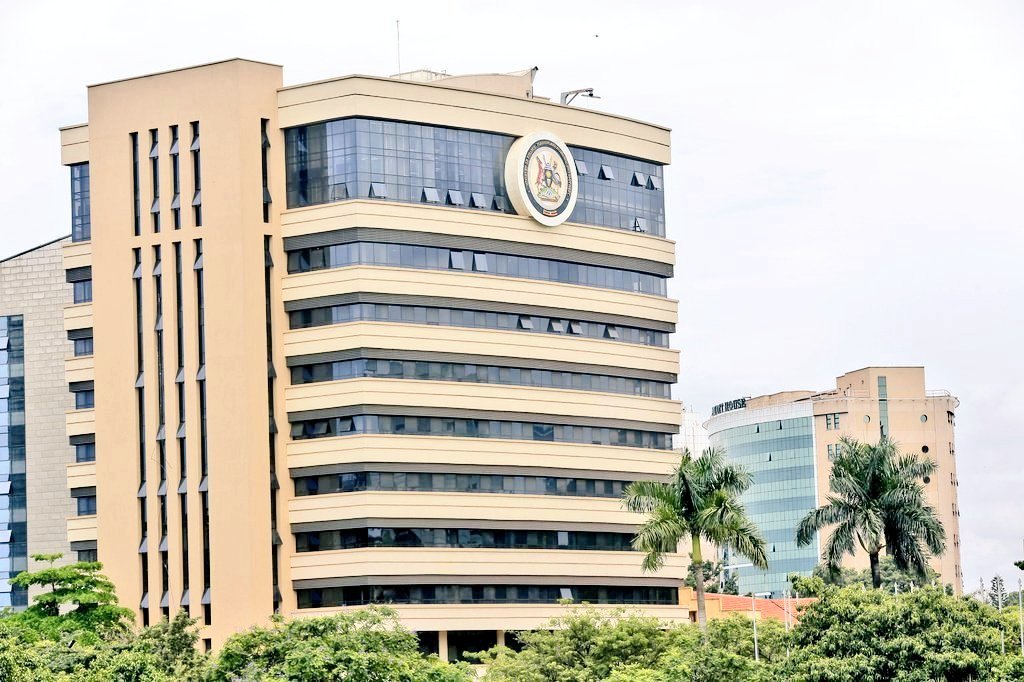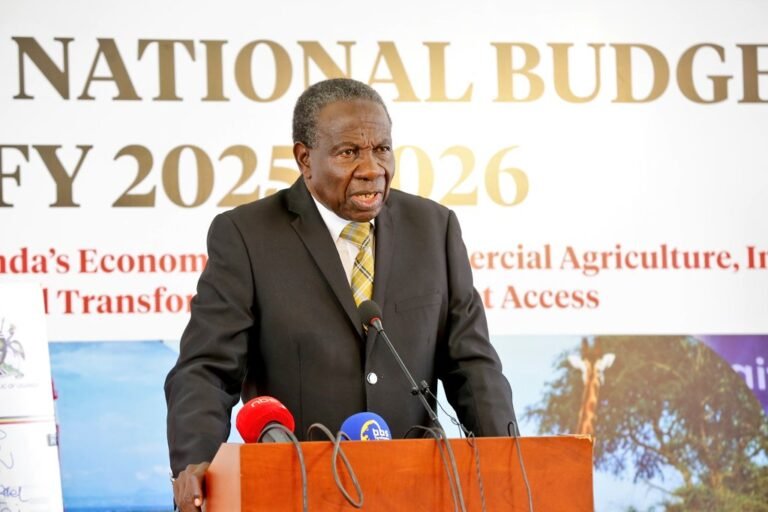
Uganda’s Economy Demonstrates Robust Growth and Stability, According to Latest Figures
KAMPALA — Uganda’s economy is on a strong upward trajectory, backed by impressive macroeconomic indicators that highlight growth, stability, and increasing foreign investment. The latest key data points paint an optimistic picture for the East African nation.
The economy expanded by 6.3% in the 2024/25 financial year, with projections showing a rise to 7.0% in FY 2025/26, a growth rate expected to be sustained in the medium term. The total size of the economy now stands at an estimated $61.3 billion.
Supporting this growth is a remarkably low inflation rate, recorded at 3.8% — the second lowest in Africa over the past decade. Authorities expect inflation to remain within the central bank’s 5% target in the coming year.
The Ugandan shilling has also shown notable strength, appreciating by 3.2% over the past year. It has maintained its position as the most stable currency in Africa throughout the last ten years.
The Bank of Uganda has held the Central Bank Rate steady at 9.75%, a level aimed at preserving macroeconomic stability.
On the external front, exports reached $10.6 billion and continue to grow, contributing to a balance of payments surplus of $1 billion. Foreign direct investment (FDI) inflows were recorded at $3.7 billion in FY 2024/25 and are projected to increase further.
Tourism earnings hit $1.5 billion, with further growth anticipated, while remittances from abroad reached $1.4 billion — also expected to rise.
The combination of strong growth, controlled inflation, currency stability, and robust external inflows signals a resilient and expanding economy, enhancing Uganda’s attractiveness as an investment destination.










